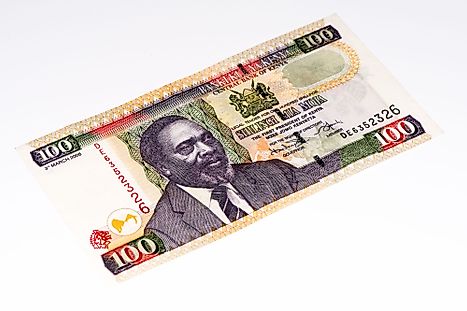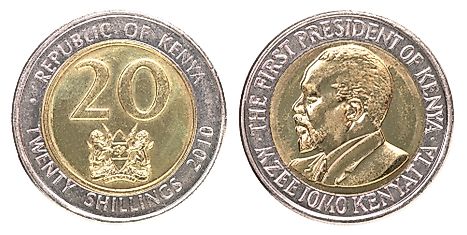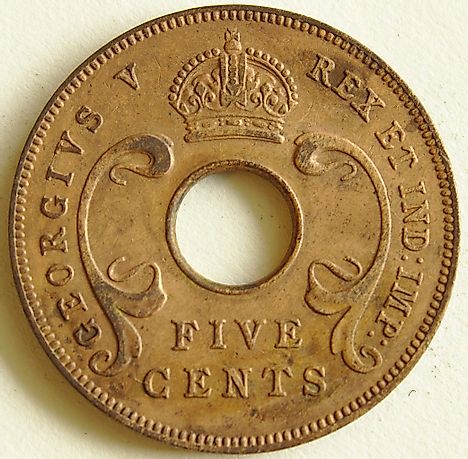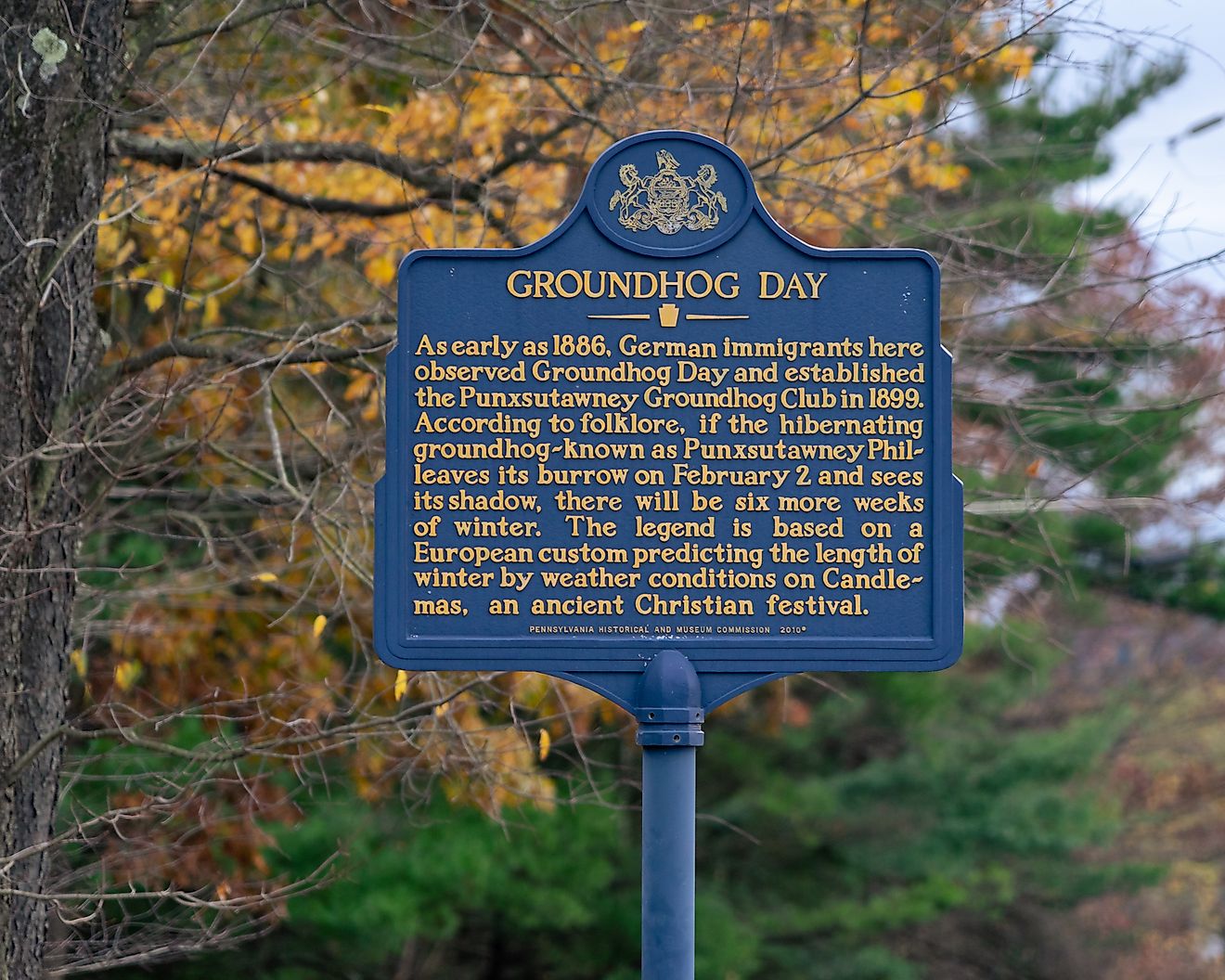Flags, Symbols, & Currencies of Kenya
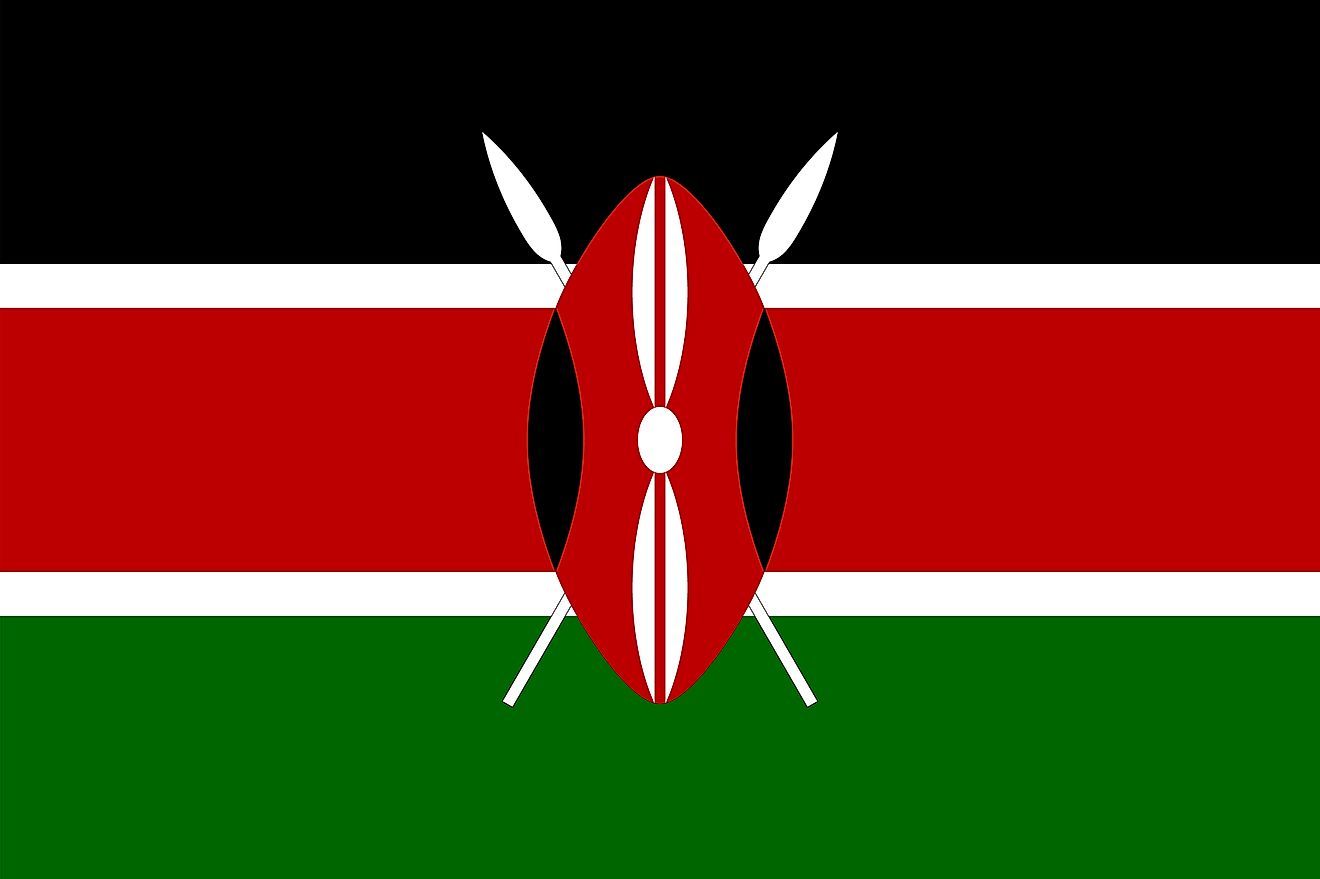
Kenya is identified by its national flag that was inspired by the Pan-African flag adopted in 1920 by the African Communities and League Universal Negro Improvement Association. The national flag of Kenya was adopted December 12, 1963, when it gained independence. Its design has been used by other African countries including Southern Sudan and Malawi.
Meaning and Symbolism
The tricolors of the Kenyan flag are designed in bright and vibrant shades that give it its meaning. The flag is a symbol of national unity and pride of the Kenyan people. It consists of three equal horizontal bands of black (top), red, and green. The three color bands are separated from each other by two white thin stripes. A large Maasai warrior's shield covering crossed spears is superimposed at the center of the flag.. The black color, which appears at the top, represents the people of the Republic of Kenya. Post-office red in the middle represents the sacrifices and bloody price for freedom from British colonialist, while the green color at the bottom stands for the fertility of the lands and richness in natural wealth. It represents agriculture and national reserves, which form the backbone of the country’s economy.
Bordering the red horizontal stripe are thin parallel white stripes at the top and bottom. The white stripes incorporated in the flag represent peace, honesty, and unity of Kenya. In the middle of the flag is a shield with two crossed spears on it. The shield is red in color with black flanks, 4-white charges, and a white disc in the middle. They are a representation of the traditional Maasai war items that stand for the enthusiasm and readiness to defend the country.
As a symbol of authority, the Kenyan flag is incorporated in the Military flag of the Armed forces, Kenya Airforce, and the Kenya Navy Ensign. It is usually placed at the top left-hand corner of the flags. There are various variants of the flag based on its executive use. Each of the four presidents has had a unique design of the national flag to represent their Presidential Standard.
History of the Kenyan flag
The Kenyan flag (Bendera ya Kenya) is a tricolor of black, red, and green with two white fimbriations. Superimposed at the center is a red, black, and white traditional Maasai shield and two crossed spears. The flag was adopted from KANU's flag that had three horizontal rectangular design of black, red, and green respectively. In the middle, there was an emblem of a white cockerel symbolizing the dawn of a new day. After independence, KANU wanted to use their flag as the national flag but Thomas Joseph Mboya, the Justice and Constitutional Affairs minister at the time proposed for a different design that incorporated two white fimbriations, the traditional Maasai shield, and the two crossed spears to replace the cockerel. The current flag was designed with a proportion scale of 2:3.
Symbols of Kenya
National Coat of Arms of Kenya
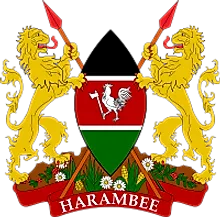
Kenya's coat of arms contains two lions (a symbol of protection) supporting a traditional East African shield. Both the shield and spears, crossed behind it, are representative of unity and defense of freedom. The shield contains the colors of the national flag, with a rooster at the centersymbolizing the dawn of a new day. Below the shieldis a silhouette of Mount Kenya containing some agricultural crops such as maize, pineapple, and coffee, symbolizing agriculture as the main economic activity in Kenya. Finally, a scroll with the word: HARAMBEE (Swahili word for "Unity" or "Pulling Together) appears at the base of the shield.
National Anthem
- Anthem Title: Ee Mungu Nguvu Yetu (Oh God of All Creation)
- Music composer: Collectively, 1963
- Lyricist: Graham Hyslop, G. W. Senoga-Zake, Thomas Kalume, Peter Kibukosya, and Washington Omondi
- Date of Adoption: 1963
The national anthem of Kenya, "Ee Mungu Nguvu Yetu," can be sung in both Swahili and English since the version are recognized by law. However, the original lyrics were written in Kiswahili by Graham Hyslop, G. W. Senoga-Zake, Thomas Kalume, Peter Kibukosya, and Washington Omondi in 1963. The commission of five also collectively composed the anthem from the lyrics. The anthem is based on a Pokomo tune sung by children and their mothers.
Ee Mungu Nguvu Yetu (Swahili)
Ee Mungu nguvu yetu
Ilete baraka kwetu
Haki iwe ngao na mlinzi
Natukae na undugu
Amani na uhuru
Raha tupate na ustawi.
Amkeni ndugu zetu
Tufanye sote bidii
Nasi tujitoe kwa nguvu
Nchi yetu ya Kenya
Tunayoipenda
Tuwe tayari kuilinda
Natujenge taifa letu
Eeh, ndio wajibu wetu
Kenya istahili heshima
Tuungane mikono
Pamoja kazini
Kila siku tuwe na shukrani
Oh God of All Creation
O God of all creation
Bless this our land and nation
Justice be our shield and defender
May we dwell in unity
Peace and liberty
Plenty be found within our borders.
Let one and all arise
With hearts both strong and true
Service be our earnest endeavour
And our homeland of Kenya
Heritage and splendour
Firm may we stand to defend.
Let all with one accord
In common bond united
Build this our nation together
And the glory of Kenya
The fruit of our labour
Fill every heart with thanksgiving.
The Currency of Kenya is the Kenyan shilling
The official currency in Kenya is the shilling which is subdivided into 100 cents. Its sign and code is KSH and KES respectively. The use of Kenyan shilling commenced in 1966 when it replaced the East African shilling.
Coins
In 1966, the first denominations of coins in denominations of 5, 10, 25, and 50 cents, and 1 and 2 shillings were issued for circulation. However, the production of 25 cent coins stopped in 1969. The 5 shilling coins entered circulation in 1973. The image of the first president Jomo Kenyatta was initially inscribed on all coins in Kenya between 1967 and 1978. However, in 1980 after the death of President Jomo Kenyatta, the then president Daniel Toroitich Arap Moi's image was replaced until 2005. In 2005, the Central Bank of Kenya reintroduced the portrait of President Kenyatta.
To mark the commemoration of the 40th anniversary of independence, a 40 shilling coin bearing the image of former president, Mwai Kibaki, was circulated in 2003. Additional coins with Kenyatta’s image came into circulation in 2005. After the promulgation of Kenya’s new constitution, section 231(4) stipulated "Notes and coins issued by the Central Bank of Kenya may bear images that depict or symbolise Kenya or an aspect of Kenya but may not bear the portrait of any individual.” The news banknotes and coins entered circulation in 2019. .
Banknotes
After the Kenyan shilling took over from the East African shilling at par, the demonetization was not until 1969. The denominations of 5, 10, 20, 50, and 100 was produced by Central Bank of Kenya. All notes have Mzee Jomo Kenyatta’s image and the first prime minister of Kenya on the front face and different types of economic activities in Kenya on the back.
In 1985, the replacement of 5 shilling banknotes took place followed by the 10 and 20 shillings in 1994 and 1998 respectively. The introduction of notes in the denominations of 200 and 500 shillings occurred in 1986 and 1988 respectively followed by the current highest denomination and 1000 shillings in 1994. When President Mwai Kibaki took over from Moi, the 5, 10, and 20 shilling banknotes with Kenyatta’s image that had been kept unused were reintroduced for circulation. Later, the denominations of 50, 100, 200, 500, and 1000 shillings entered the market carrying President Jomo Kenyatta portrait. De La Rue, an England company situated in Kenya, prints the banknotes. Banknotes bearing fauna and landmark images were introduced in 2019.
Historical Currencies of Kenya
Kenyan shilling was introduced in 1966 to replace the cused in areas in East Africa controlled by the British. The East African shilling was issued from 1921 to 1969 and was minted in banknotes and coins of various denominations, including 5, 10, 20, 100 shillings notes, and 1, 5, 10, 50 cents,1 shilling coins. This currency was mainy used in Kenya, Tanganyika, and Uganda and was pegged on sterling pound. When Kenya gained independence in 1963, it used the East African shilling as a transition currency for three more years before replacing it with the Kenyan shilling at par.
